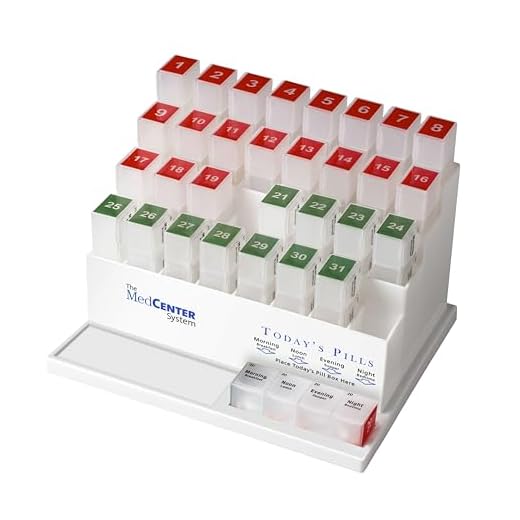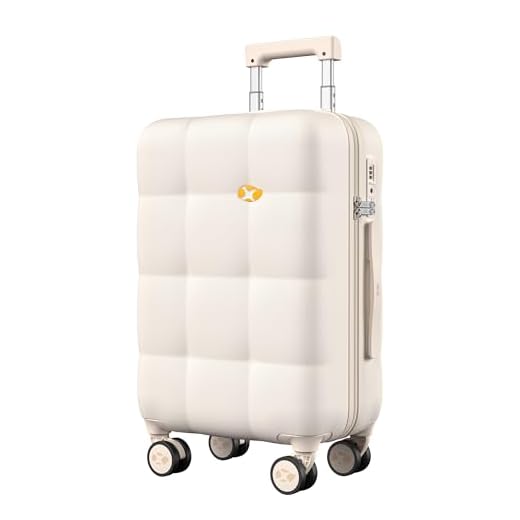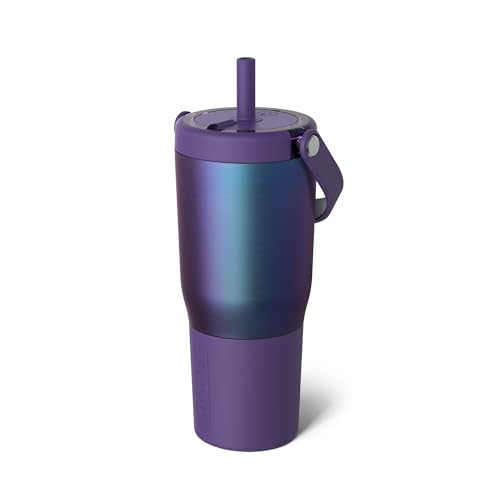

Liquid containers exceeding 3.4 ounces are strictly forbidden in personal items. Ensure all liquids fit within a single quart-sized zip-top bag for smooth transit. This guideline applies to gels, creams, and pastes as well.
Sharp objects, including knives, scissors, and razor blades, must remain outside the personal item during flight. Opt for alternatives such as safety razors or disposable shavers if needed on the go.
Flammable substances like lighter fluid, matches, and certain types of batteries are also restricted. Avoid items that pose potential hazards, including fireworks and other incendiaries, to guarantee compliance with safety regulations.
Explosive or incendiary devices, including firecrackers and smoke bombs, cannot be accommodated. Transporting these items poses significant risks and is strictly regulated across all airlines.
Be vigilant with personal defense items. Pepper spray and self-defense keychains are generally prohibited, reflecting the standards for ensuring the safety of all passengers.
Review specific airline policies before traveling to ensure full compliance with guidelines regarding forbidden items. Staying informed helps facilitate a hassle-free travel experience.
Prohibited items: List of dangerous goods
Flammable substances such as gasoline, lighter fluid, and various aerosol sprays are strictly forbidden in passenger compartments. These items pose significant fire hazards.
Sharp objects, including knives, box cutters, and certain scissors with blades longer than 4 inches, cannot be carried onboard. These can be utilized as weapons and are thus restricted.
Toxic and Corrosive Materials
Chemicals like bleach, strong acids, and certain batteries that can leak or explode due to pressure changes are restricted. These materials can cause severe injury or property damage.
Explosives and Firearms
Fireworks, ammunition, and any explosive devices cannot be transported. Such items present extreme safety risks, making them prohibited on all flights.
Additionally, self-defense sprays, including pepper spray or mace, are not permitted due to their potential to incapacitate crew members or passengers during emergencies.
Ensure to check regulations specific to the airline for any other restricted items before traveling.
Restrictions on liquids and gels: TSA guidelines
Liquids and gels must adhere to the 3-1-1 rule: containers must be 3.4 ounces (100 milliliters) or less, placed in a single quart-sized zip-top bag, with one bag per passenger. This limit applies to all liquid items, including beverages, creams, and gels.
Exceptions exist for medications, baby formula, and breast milk, which may exceed the 3.4-ounce limit but need to be declared at security checkpoints. It is advisable to keep these items separate for inspection. Additionally, any items purchased after security screenings, such as drinks or lotions, can be carried onboard without restriction.
Items that do not meet these criteria will be disposed of at security checkpoints. To avoid issues, travelers should check their bags thoroughly before arriving at the airport. For pet owners looking for unique holiday gifts, consider browsing the best advent calendars for dogs for ideas.
Traveling with Electronics: What to Leave Behind
Prioritize portability by excluding large electronics from your travel gear. Devices such as desktop computers and bulky gaming consoles should remain at home, as they are cumbersome and often exceed size limits.
While laptops typically qualify for onboard storage, be wary of any additional accessories that may not pass security checks. Items like external hard drives or larger chargers might draw extra scrutiny. Instead, focus on compact gadgets that hold versatility, like tablets or smartphones, ensuring they are easily accessible at checkpoints.
Remember to verify if specific electronic items have any restrictions based on their battery type. Lithium batteries, especially those exceeding a certain watt-hour rating, can pose flight safety concerns. Evaluating compatibility with airline policies can save time at security.
Also, disconnect any devices that may inadvertently activate during transit. Some items, such as certain types of headphones or wearables, could appear suspicious on scans and lead to delays.
For those considering biking gear, check out this best backpack for cycling commute for efficient packing solutions that accommodate your essentials without adding bulk.
Sporting Equipment: Size and Weight Limitations
Rules regarding dimensions and mass for sporting gear during air travel vary by airline and aircraft. Most carriers have restrictions that usually cap the length of sporting equipment at around 62 inches (158 cm) when adding up the dimensions (length + width + height). Items exceeding this threshold may require shipping as checked baggage.
Common Equipment Guidelines
For specific items:
- Skis and Snowboards: Generally allowed if they fit within the size limit. Some airlines offer specific ski bags with different weight conditions.
- Bicycles: Often require disassembly and placement in a suitable case. Weight limits can go as low as 50 pounds (23 kg).
- Golf Clubs: Frequently accepted in a dedicated bag that adheres to the dimension rules. Weight restrictions typically mirror standard baggage policies.
- Surfboards: Commonly considered oversized items. Contact your airline ahead of time to check specific charges and size limits.
Preparation Tips
Measure and weigh your equipment before heading to the airport to avoid surprises. Consider purchasing an appropriate travel case that meets size regulations while providing protection. For the consistency of traveling with multiple items, choose brands known for luggage durability; check out the best luggage suitcase brands for recommendations.
Always confirm with your airline for the most current guidelines as they can change and often differ even among the same airline’s routes. Safe travels!
Medications and Medical Devices: What is Permitted
Prescription medications and necessary medical devices are usually permitted in hand baggage. Always keep medications in their original packaging with labels intact to facilitate screening processes.
Prescription Medications
- Carry a sufficient supply for your trip duration, plus extra doses if delays occur.
- Tools such as pill organizers are allowed, as long as they are properly labeled.
- Inform security personnel if you possess liquid medications exceeding 3.4 ounces (100 milliliters); these are typically exempt from standard liquid restrictions.
Medical Devices
- Devices necessary for health, such as insulin pumps and nebulizers, can accompany you on board.
- If traveling with a wheelchair or scooter, notify the airline ahead of time regarding your requirements.
- Electronic medical equipment, such as CPAP machines, is permitted but may require separate screening. Bring an appropriate power source.
Keep important documents related to your medical needs readily accessible, including prescriptions and letters from healthcare providers, to assist during inspection or queries at checkpoints.
FAQ:
What types of liquids are restricted in carry-on luggage?
In carry-on luggage, liquids must be contained in bottles of no more than 100 milliliters (3.4 ounces). All these containers must fit into a single, clear, resealable plastic bag, which cannot exceed one liter in capacity. This includes items like shampoo, lotion, and beverages. Exceptions are made for medications and baby food, which can exceed the 100 ml limit but must be declared at security checkpoints.
Are there any specific items classified as prohibited for carry-on baggage?
Yes, certain items are strictly prohibited in carry-on baggage. These include sharp objects such as knives, scissors with blades longer than 4 inches, and any tool that could potentially be used as a weapon. Additionally, flammable items like lighter fluid, fireworks, and certain types of batteries are also banned. It’s crucial to check the regulations as they can vary by airline or country.
Can I bring food in my carry-on luggage?
You can bring food in your carry-on luggage, but there are some restrictions. Solid foods are usually permitted, such as fruits, sandwiches, and snacks. However, liquids and gels like soups, sauces, and yogurt are subject to the same liquid restrictions mentioned before. It’s always wise to check the regulations if you’re traveling internationally, as other countries might have specific rules about bringing in food items.
What are some common misconceptions about carry-on luggage rules?
Many travelers mistakenly believe that certain items are allowed in carry-on bags when they are not. For instance, some people think that personal grooming items like large aerosol deodorants are acceptable, but these typically fall under liquid restrictions. Others may also think that food is entirely unrestricted, not realizing that certain food types, especially liquids, have limitations. Always reviewing the latest regulations and airline-specific guidelines can help avoid surprises at the airport.








